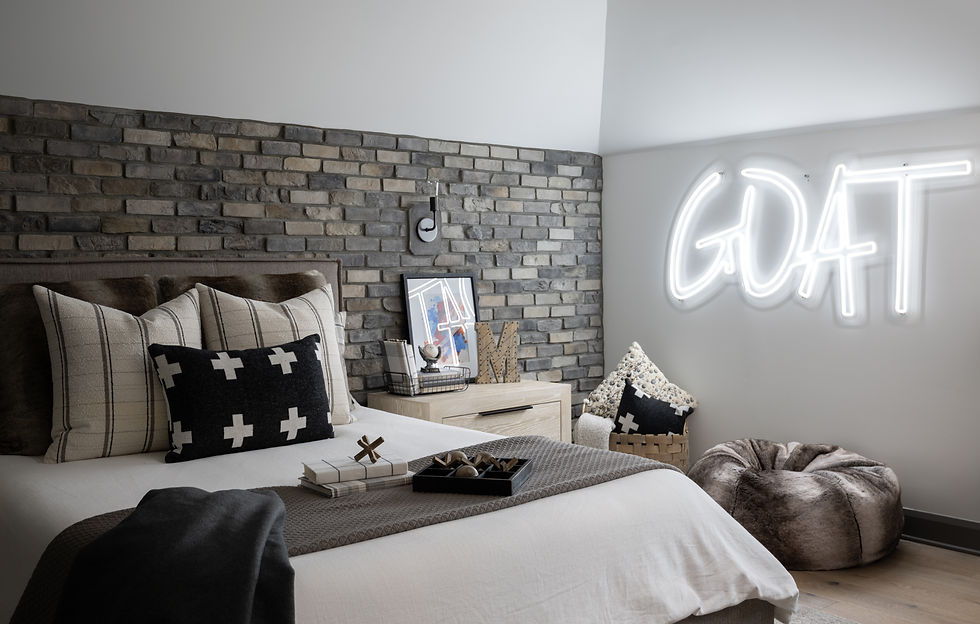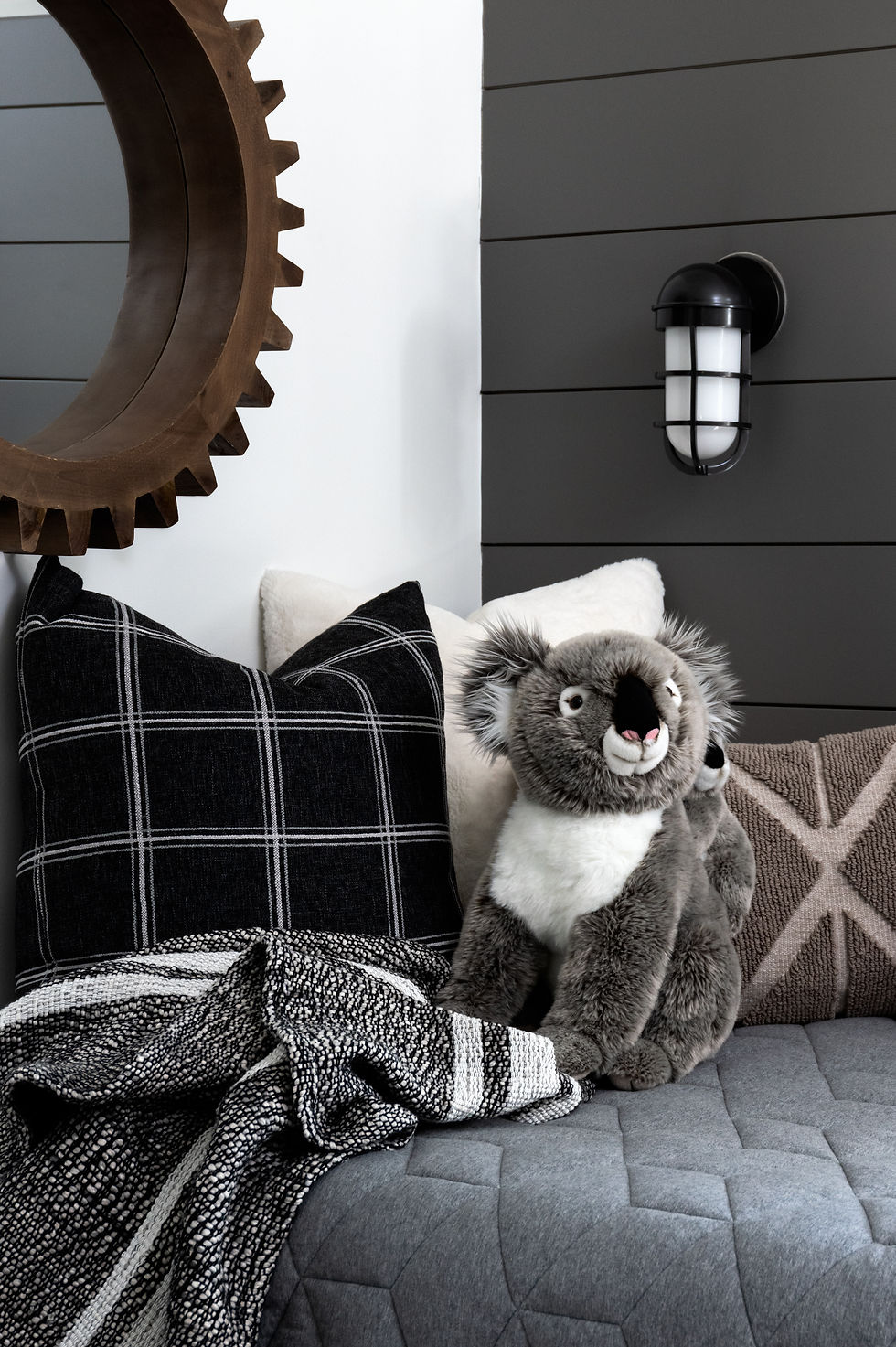Creating Engaging and Easy-to-Maintain Spaces for Children
- Caroline Gravatte
- Jun 19
- 3 min read
Everyone knows that children thrive when they can play and learn in safe environments. The challenge for parents is creating spaces that are fun yet easy to keep tidy. This post will help you design play areas that spark joy and are manageable for daily life.

Understanding the Importance of Play Spaces
Play is critical for child development. Studies show that children learn best through play, as it boosts cognitive and physical skills. For example, a study from the American Academy of Pediatrics found that 90% of a child’s brain development occurs before age five, underscoring the significance of thoughtful play spaces. When planning these areas, think about features that promote movement, creativity, and learning. Elements like climbing structures, art stations, and building blocks can enhance development tremendously.
Choosing the Right Location
Select a space that allows easy access and clear sight lines for supervision. A living room nook works well because it keeps children at the heart of family activity. On the other hand, a finished basement can provide a larger area for fun, such as indoor games and crafts. According to a survey by Family Fun Magazine, families that have a dedicated play area report 70% more time spent in interactive family activities.
Designing for Fun and Function
Warm colors and inviting designs create a stimulating environment. For instance, opt for washable paints in hues like sunny yellow or playful blue. These colors not only brighten the room but also encourage imaginative play.
Engaging features like a chalkboard wall inspire creativity, allowing kids to express themselves freely. Additionally, integrating storage solutions—like bins or shelves out of children's reach—can keep things organized while still being accessible. Choose storage that blends into the space, adding to the room's charm.
Selecting Mess-Proof Materials
Mess is inevitable when kids are involved. To minimize cleanup, opt for materials that are tough and easy to maintain. For example, using vinyl for seating can withstand spills while remaining comfortable. Washable area rugs can significantly reduce the stress of accidents; research suggests they can be easily cleaned in a washing machine with a simple cycle.

Incorporating Storage Solutions
An effective storage solution helps maintain order. Use labeled bins to make it easy for kids to return items after play. Investing in multi-functional furniture, like ottomans that also store toys, can maximize space and minimize clutter.
Consider a wall-mounted organizer for books and art supplies to encourage kids to keep their areas tidy while fostering independence. A study by Parent Magazine found that children are 80% more likely to clean up when they know where everything belongs.
Creating Engaging Activities
To keep children enthusiastic about their play spaces, rotate toys regularly, catering to their evolving interests. Create distinct zones for various activities, such as reading nooks, craft areas, or areas for physical play. For instance, having a mini-library encourages reading, while a spot for building blocks or puzzles can stimulate critical thinking and teamwork.
Final Thoughts
Creating engaging and easy-to-maintain spaces can significantly benefit both children and parents. Choose the right location, incorporate mess-proof materials, implement effective storage solutions, and regularly introduce new activities. By doing so, you can foster a nurturing environment where creativity and fun flourish, making family life more enjoyable and stress-free. A thoughtfully organized play space not only sparks joy but also aids in the crucial developmental stages of your little ones.





Comments